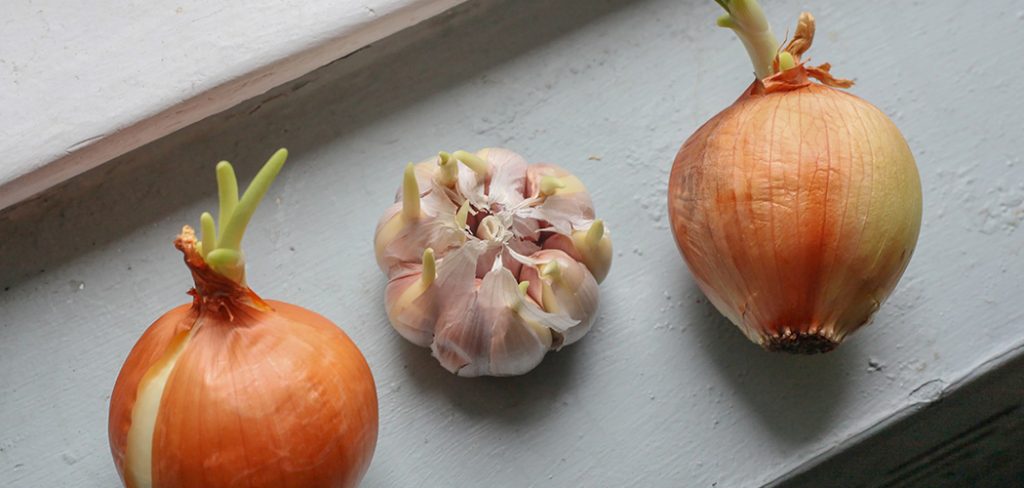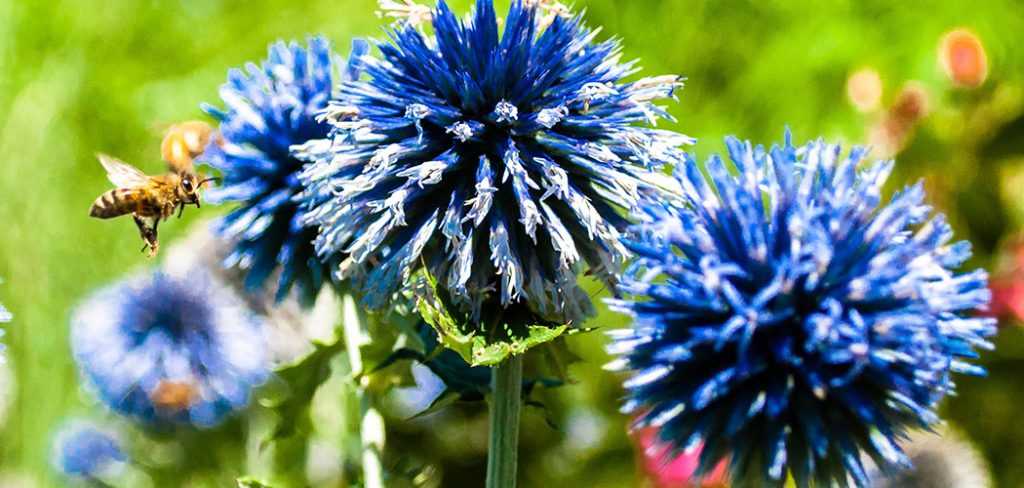First, let’s understand what this loving fruit is all about so that if you are keen to grow them in your garden, you know what it is. Cantaloupe, a lovely fruit that grows in most seasons of the year, so you can enjoy delicious fruits all the seasons. Cantaloupes are a type of muskmelon, but we call them cantaloupes to avert confusion with other kinds of muskmelons. We will stick to calling them cantaloupes for now.
It is no rocket science learning how to plant cantaloupes. With guidance, anyone can do cantaloupes and have a bumper harvest. What they love most is warm weather, enough sunlight and watering regularly. Researchers believe cantaloupe originated from Africa to South Asia. Cantaloupe later came to Europe, the US, and Canada. Keep reading for more on how to grow cantaloupes.
Cantaloupe growing guide
For the optimum harvest, there are specific requirements to meet for the plants to flourish. Regarding light requirement, cantaloupes need full and direct sun. 6-8 hours’ direct sunlight per day. Limited sunlight will cause the leaves to manufacture minimal food uptake to the fruit.
The right spacing for cantaloupes is between 36 and 42 inches. Cantaloupes have vines, so they cover a lot of space. They spread around, covering a lot of ground, and their vines get attached to the base with the roots as it extends.
Melons do well in nutrient-rich and well-drained soils. Mix the soil with organic matter about 3-4 inches, and the temperature of the earth should be above 70 F before planting the seeds. If the weather is below 70 F, the roots might not germinate as expected.
Ensure the soil is moist consistently for the successful growth of cantaloupe plants. If the rain isn’t enough, water them regularly because it needs sufficient water throughout its development. If you can add mulching, it will help the soil retain moisture for a long time during droughts. Keep water off the leaves because it may cause them to wither.
Cantaloupes are frost-sensitive; even the slightest frost will kill the vines and the fruits. If possible, protect cantaloupes using frost blankets, and if you can use cold frames, the better. So, make sure that the fruits ripen before frost season sets in for the next season. Any blossoms that come under 50 days of the expected frost date will not make; pluck them off.
How to grow cantaloupes
Here is a cantaloupe growing guide you can follow to plant your cantaloupes for healthy crops successfully. If you have been wondering how to plant cantaloupes, here is the ultimate guide:
Amend the soil: Before planting cantaloupes, make sure the soil is rich in nutrients, and you can add organic matter via compost or manure. It is essential for the healthy growth of the cantaloupes.
Create raised rows: It is advisable to increase the rows where you plant cantaloupes for proper water drainage. Your cantaloupes will do well in drained soil.
Starts seeds indoors: If you are in a freezing environment, it is advisable to begin growing cantaloupe seeds indoors. You can transplant them outdoors after a month or so.
Take care of frost: Cantaloupes seedlings are sensitive to frost; transplant them when you are sure the frost season is over. If you live in a warmer climate, you can start sowing cantaloupe seeds outdoor directly if the soil temperature is above 65 F.
Observe correct spacing: Plant the seeds one-inch-deep and 18 inches apart. The distance between the hills in rows should be 3 feet apart. If you have limited space, you can train the vines to support along the fence or trellis. And finally, wait for the cantaloupes fruits to rip.
Cantaloupe plant stages
Seeds: Cantaloupe seeds will germinate after 3-5 days of planting.
Young cantaloupes: Cantaloupes will grow in a cycle of 80-120 days with the right soil conditions.
Pollination: Pollination in each flower happens in one day. The bees and other insects will transfer pollen from the male parts of a flower to the female parts. If this doesn’t happen within the same day, the fruit will not develop.
Harvesting cantaloupes: Your cantaloupes will be ready 35-45 days after pollination has taken place. The skin surface becomes rough, and that is the sign your cantaloupes are ready. The background color changes from green to yellow, and the curly tendrils near the fruit begin to dry.
Those are the major cantaloupe plant stages in a nutshell.
Cantaloupe pest and disease control
Aphids and striped cucumber beetles are the main enemies of cantaloupe plants. Alternaria leaf spot, anthracnose, powdery mildew, downy mildew, and gummy stem blight are common diseases for cantaloupe plants.
Caring for cantaloupes
Mulch cantaloupes with black plastic to keep weed at bay and warm the plant. Add fertilizers once the vines begin to grow. Water cantaloupes 1-2 inches every week to ensure seamless uptake of nutrients and minerals. Reduce watering when fruiting starts. Cantaloupes taste sweet in dry weather—prune end buds when the fruit begins to grow. Wait for the bountiful harvest!
Conclusion
Cantaloupe is a lovely warm fruit that you can eat as a dessert during summer. If you follow this guide on how to plant cantaloupes to the latter, brace for a bountiful harvest. It gets even better if you have experience with other types of melons.
The keynote is to ensure the cantaloupe plant gets the necessary conditions it requires to thrive. If you have limited space, you can train cantaloupes to follow along the fence or trellis, and nothing will be different. Cantaloupes are no different from other crops; they face challenges from pests and diseases. The good news is that you can control these pests and diseases through pesticides. You can contact your local agricultural extension officer to ascertain potential problems and conditions in your area before planting cantaloupes. If water is an issue, and cantaloupes require regular watering, mulching will help keep the soil moisture to reduce the amount necessary to keep the plant flourishing.

